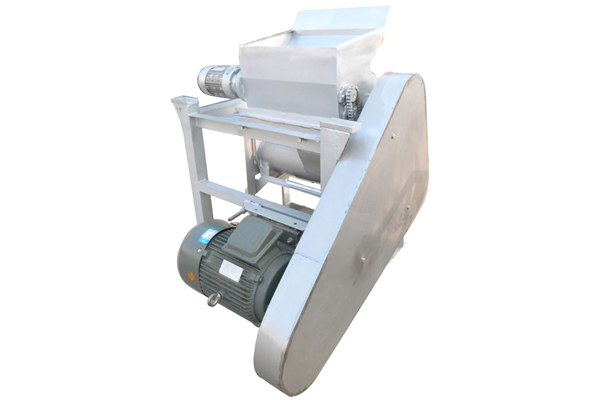Pueraria and cassava do have some similarities in appearance, especially when they have not been processed, which may confuse those unfamiliar with the two plants. However, they exhibit significant differences in plant classification, growth environment, uses, and nutritional value.
Plant Classification
Pueraria
Pueraria is the dried root of the leguminous plants Pueraria lobata or Pueraria thomsonii, which are perennial herbaceous plants of the legume family.
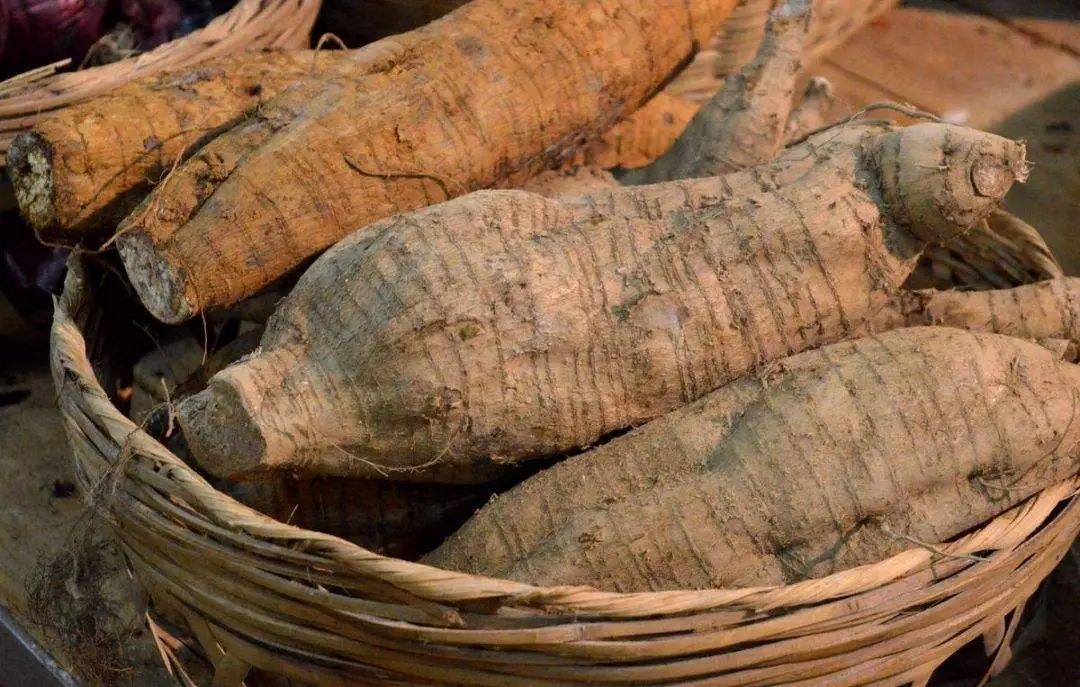
Cassava
Cassava is a woody plant in the spurge family, specifically in the manihot genus. It is a perennial shrub-like plant also belonging to the spurge family.
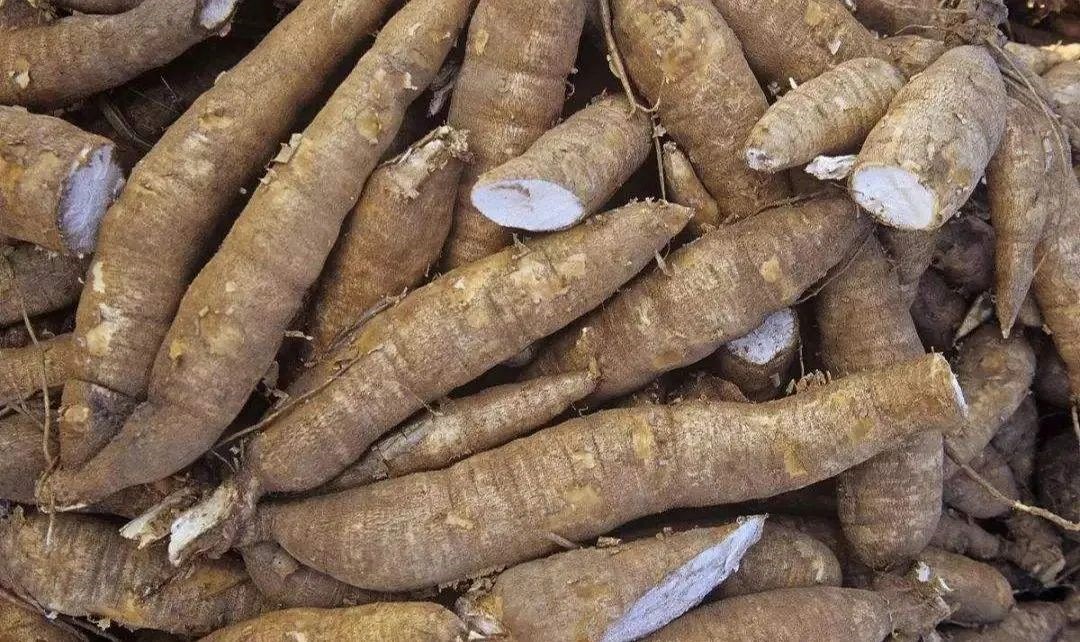
Growth Environment
Pueraria
Pueraria mainly grows in grassy slopes, roadsides, and relatively shady and moist places. It favors warm, humid environments and does not have strict soil requirements, exhibiting strong adaptability.
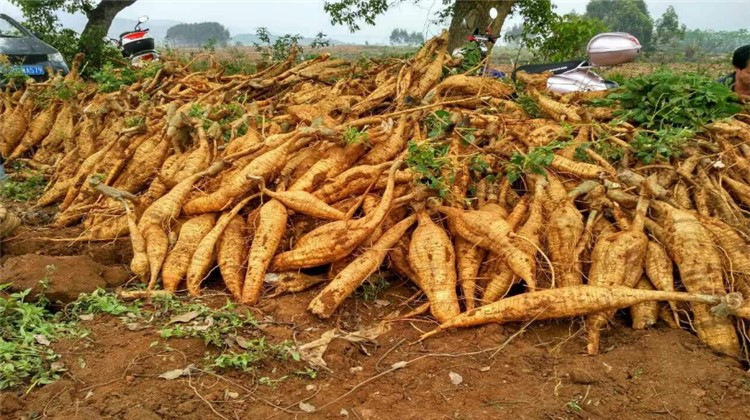
Cassava
Native to Brazil in South America, cassava is now widely cultivated in tropical and subtropical regions, such as Africa and Asia. It prefers warm and moist environments, and although not demanding in soil requirements, it grows best in deep, loose, and well-drained soils.
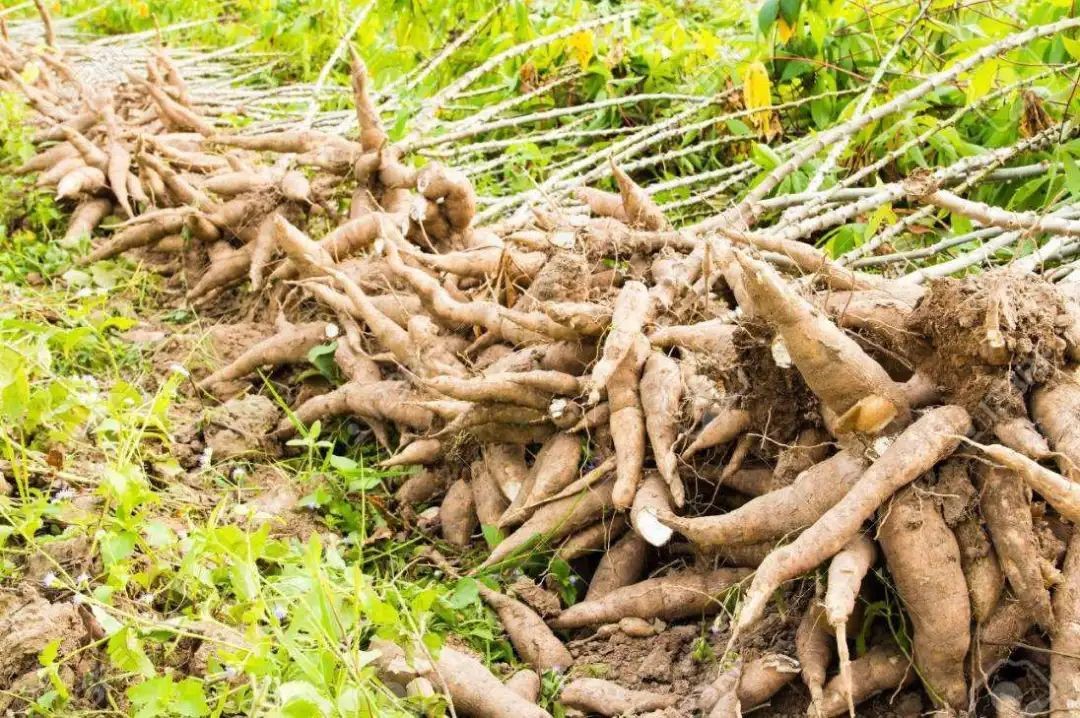
Production Uses
Pueraria
Pueraria holds a significant position in traditional Chinese medicine, known as "Asian ginseng." It is mainly used to relieve exterior syndrome and fever, generate fluids to quench thirst, lift yang to stop diarrhea, among other uses. Additionally, Pueraria is rich in starch and can be used to make food products such as Pueraria powder.

Cassava
The primary use of cassava is starch extraction, which is used to make various food and industrial products such as cassava flour, cassava starch, and alcohol. Cassava tubers can also be used as animal feed. In Africa, it is a staple food that people consume daily.
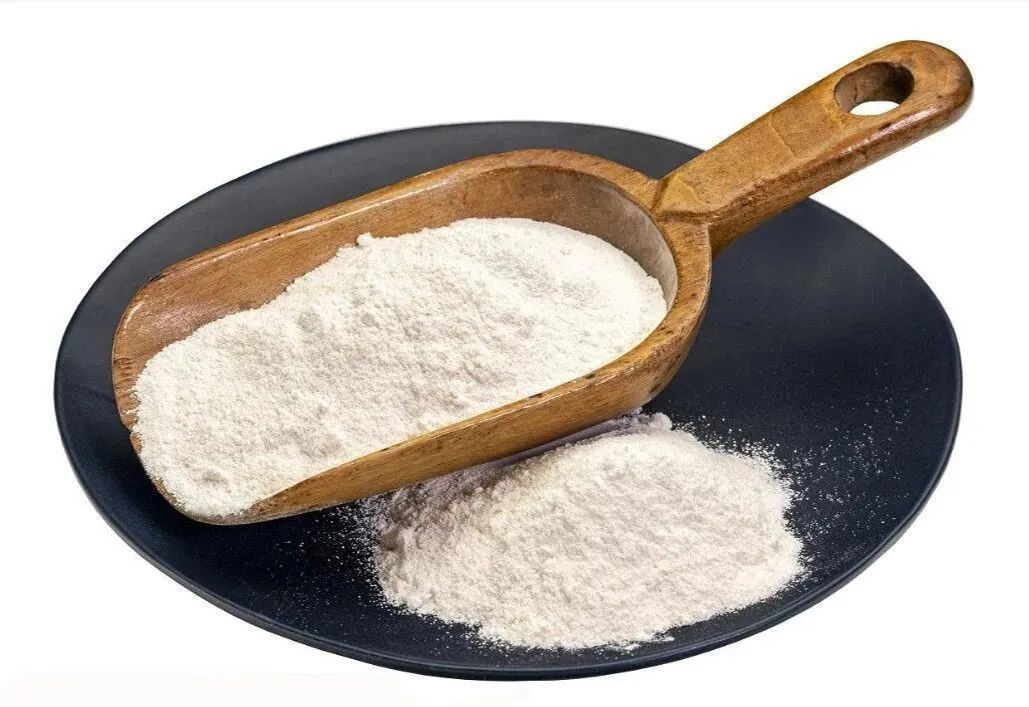
Nutritional Value
Pueraria
Pueraria is rich in starch, dietary fiber, amino acids, trace elements, and other nutrients, offering high nutritional value for the human body.
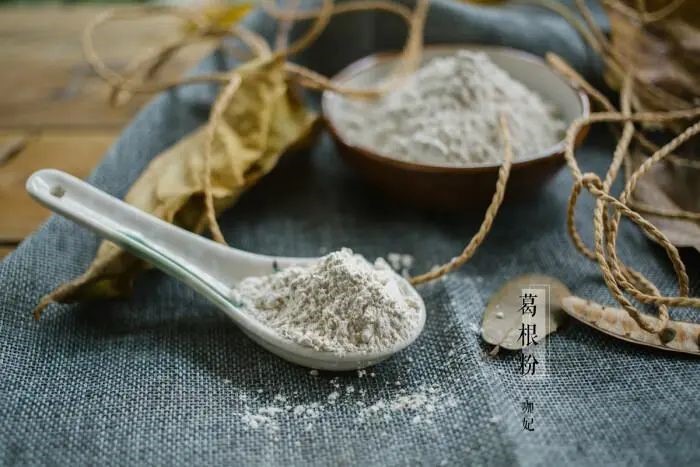
Cassava
While cassava tubers are rich in starch, they are relatively low in protein, fat, minerals, and vitamins. However, cassava starch is a high-quality edible and industrial starch with significant economic value.
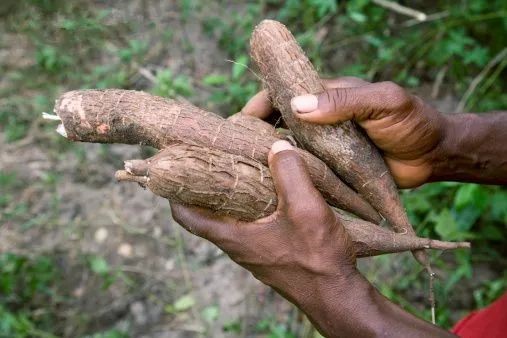
In summary, although Pueraria and cassava may share some similarities in appearance, they have significant differences in plant classification, growth environment, uses, and nutritional value. Therefore, in cultivation, processing, and usage, it is essential to carefully distinguish between the two plants to ensure product quality and safety.

 EN
EN
 fr
fr  es
es  it
it  pt
pt 
